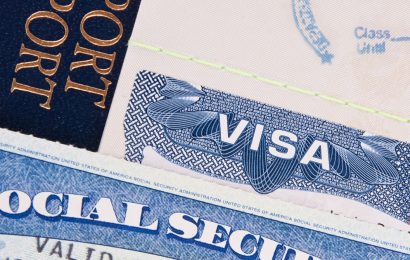China plans to lower taxes, step up spending and provide ample financing to private and small enterprise in order to help partially neutralize the country’s worst slowdown since the global financial crisis
The People’s Bank of China is confident it can keep the value of China’s currency, the yuan, steady while maintaining a stable but flexible monetary policy. Zhu Hexin, the vice governor, recently unveiled to reporters the bank’s plans for 2019, that were set by top leaders at an annual meeting in
December. Zhu also said that “The focus is on enhancement and efficiency,”.
The yuan, also known as the renminbi, or “people’s money,” sank to its lowest rate in 10 years of 6.9756 per dollar at the end of October, coming close to breaking the level of seven to the greenback. It has strengthened since then to about 6.7580 per dollar.
A further slide in the yuan could fuel U.S. complaints about Beijing’s currency controls. It also might prompt potentially destabilizing outflows of capital, which would raise borrowing costs and limit the efforts to shore up growth.
It’s a balancing act that requires just enough spending and access to credit to support businesses without setting off inflation and driving asset prices dangerously higher.
Zhu said the central bank would keep monetary policy sound, “forward-looking, flexible and pertinent.”
At the present time, It’s still unclear if these tactics will be enough to keep manufacturing on stable and smooth as Beijing and Washington work to resolve their trade disputes.
Trump and Chinese President Xi Jinping agreed on Dec. 1 to postpone additional tariff hikes by 90 days while they negotiated. Even so, the penalties of up to 25% already imposed on billions of dollars of each other’s goods remain in place, raising the cost for American and Chinese buyers of soybeans, medical equipment and other goods.
What are China’s financial plans for 2019?
The plans for 2019 outlined Tuesday included specific measures such as raising the maximum income levels for tax exempt companies and individuals and reducing the tax rate.
The government also plans to begin construction of several major projects and promote settlement of rural migrants in cities, slash bureaucratic and anti-competitive red tape, cut energy consumption and open more business areas in order to become more appealing to foreign investors, said Lian Weiliang, vice chairman of the National Development and Reform Commission, China’s planning agency.
Xu Hongcai, an assistant minister of finance, said the scale of tax reductions for the year would be about 1.3 trillion yuan ($190 billion).
China’s communist leaders have been trying during the past years to guide the economy toward a more sustainable mode of growth by reducing reliance on massive investments in infrastructure and on export manufacturing and expanding the services sector and private consumption.



